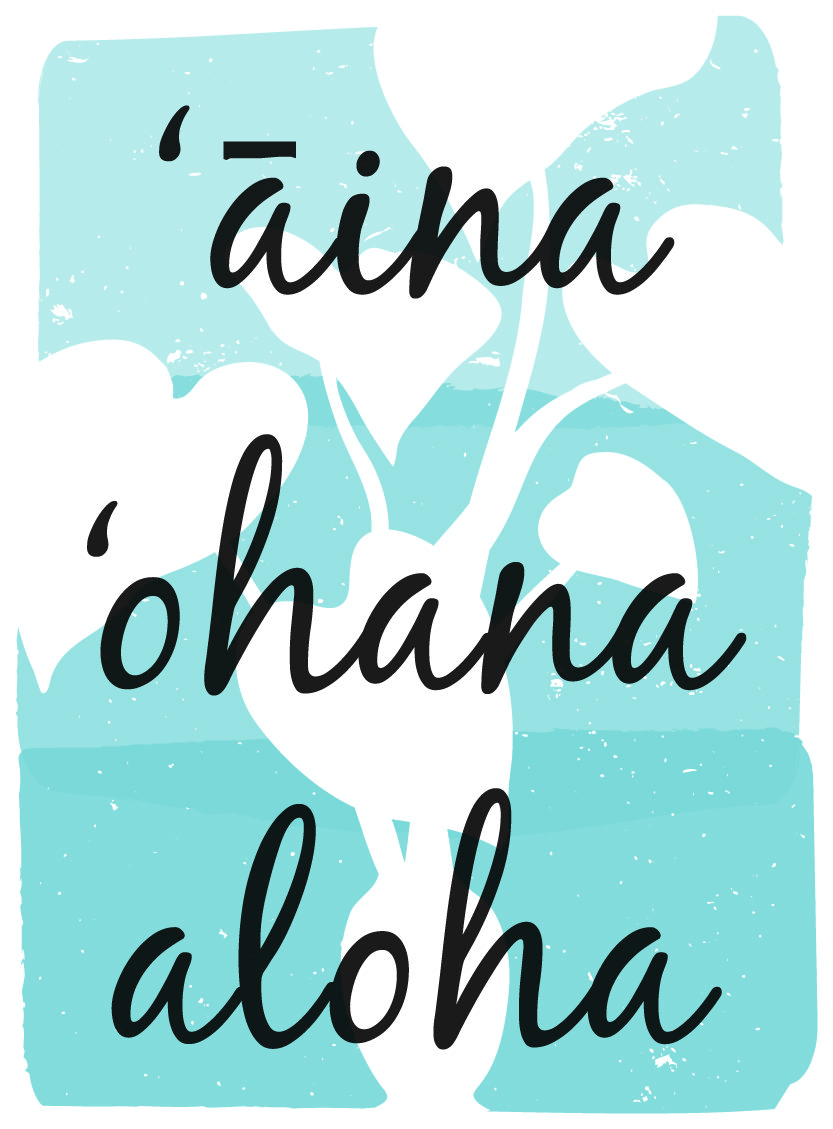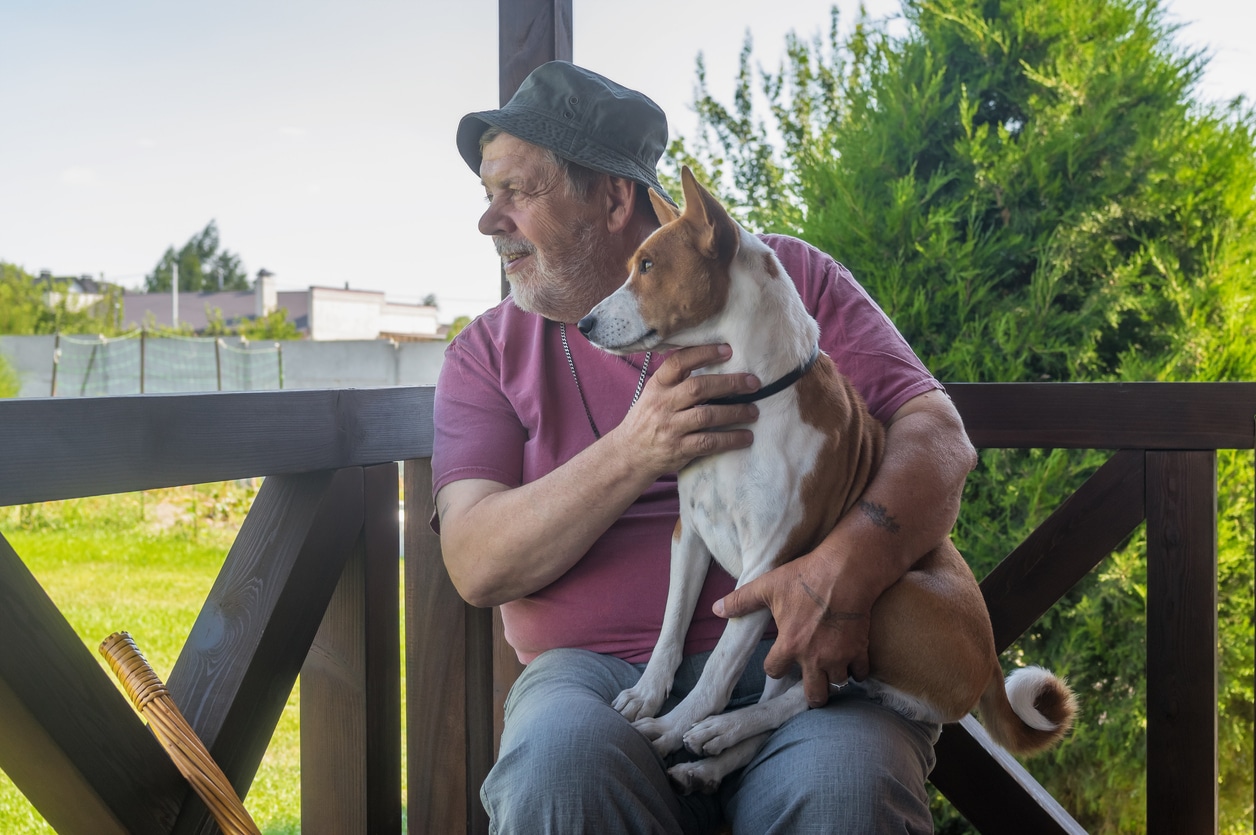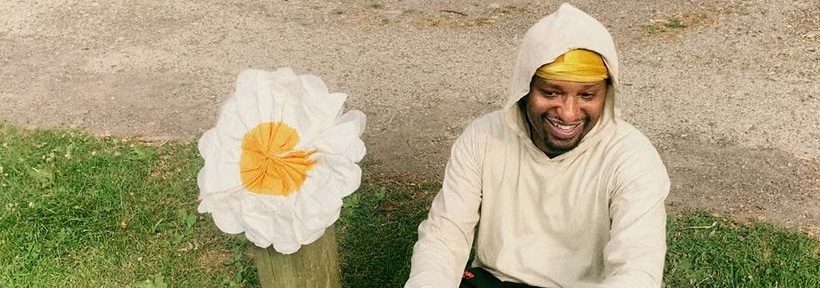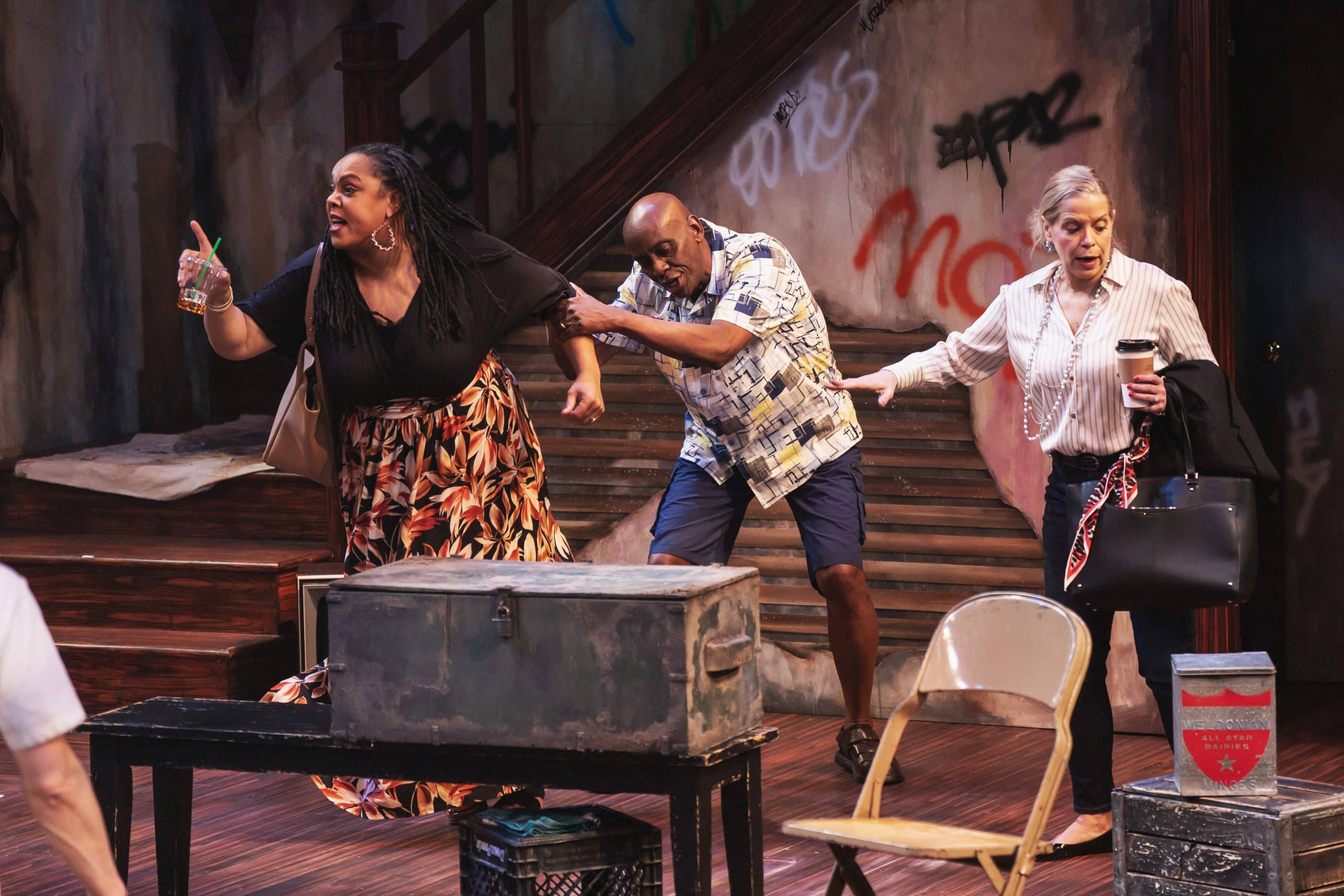 How would you define “wealth”?
How would you define “wealth”?
Owning your own home?
Accumulating an abundance of financial resources and goods?
Celebrating a network of relationships that help you take care of your family?
The third suggestion is one that is central to many people around the world. In Hawai‘i the Hawaiian word “ho‘owaiwai” is directly translated to mean “to enrich” yet encompasses a deeper meaning that refers to the relationships people have to each other and their natural environment.
Breaking down ho‘owaiwai we see the word “wai,” which means water, and “waiwai,” which creates the image of an abundance of water. The direct translation of “waiwai” is “wealth” as it was understood that if you had a sufficient supply of water you could take care of yourself and your community—in essence you and your community was self-sufficient and thus wealthy. Consequently, it was everyone’s responsibility to take care of the water as it affected the livelihood of the entire community and its collective wealth. Genuine wealth thus stems from the interdependent relationships people maintain with each other as well as the natural resources of where they live, work, and play.
As an island people, we try to approach the work of asset building and wealth creation with the mindfulness that our efforts are rooted in the following foundations of prosperity:
• ‘āina: our natural resources that sustain us.
• aloha: our care for our community as well as our understanding of our culture and where we come from.
• ‘ohana: our family and the values they have instilled in us.
Many families across the state have shared the sentiment that wealth is more than the accumulation of money and goods. Rather, families are resilient because of their relationships with family and community, which helps them to make it through and even thrive in difficult times. Wealth is encapsulated in the strength of these relationships and networks as well as the desire to share with others so that their community can leave a legacy for future generations.
It’s been important for us as an intermediary organization that aims to build the capacity of family and communities across the state to constantly go back to the families we serve and support, as well as our own families, to honor our relationships, and constantly reflect on our work.
Such dialogue is critical for us as to serve as a foundation for our co-learning approach to the work in which we continually help families create choice and control for themselves so that they can push for social, economic, and environmental justice and a better legacy for future generations. In opening ourselves to community and holding ourselves accountable to the families we serve and support in collaboration with our network partners, we continually explore the infusion of “genuine wealth” into all of our daily lives.




Comments